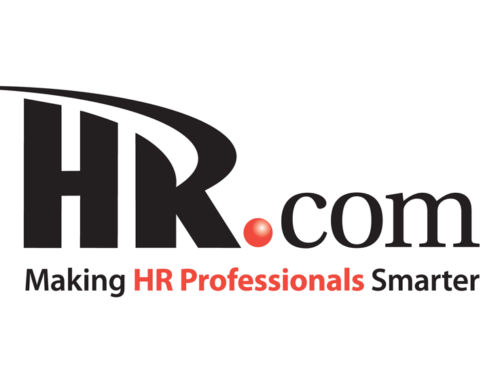In many companies HR staff have to deal with the unenviable task of managing employee time, attendance, payroll, and benefits programs, and this can be time consuming if manually performed. However, with new software and platforms such as cloud databases, HR departments can easily transfer to a non-paperless system which can increase productivity and efficiency. Although some companies fear that moving over to a paperless system can interrupt day to day business, it can be an easy process if managed well.
Manual Paper-Based Systems Are Now Obsolete
Many companies still rely on manual, semi-automated, or even disparate ways of keeping track of time and attendance. This presents a series of problems, as a manual system always leaves room for errors and inaccuracies. For example, employees might forget to submit their timesheets by the necessary deadline or when completing their timesheets, employees might not remember what time they arrived, left work or how much time they took for a lunch break. Such room for error means that companies might end up underpaying or overpaying their employees, and payroll related issues can affect staff morale. Moreover, outdated systems such as paper timesheets or a time-clock cannot accurately monitor sick days, vacation time, or holidays. Making sense of this all can prove to be a daunting task for HR Staff.
Find What System Works Best for Your Employees
Company leadership must work with HR staff to find out what platform works best for their company. There are several types of software solutions and online platforms that can effectively automate work attendance, payroll, and other records. Timekeeping software not only makes compiling this information easier, but also has real-time updates, a necessary feature for keeping up to speed on state and federal work laws as well as staying in compliance with such laws as the Affordable Care Act. For larger businesses with multiple work sites, cloud-based platforms are a good choice for performing the same tasks. They empower employees by enabling them to manage their timesheets independently and correcting any errors made in timekeeping. This streamlines the record-keeping process, and frees up HR staff to focus on more pressing priorities such as company strategies.
Making The Transition to a Paperless System
With the right dedication and focus, implementing a paperless system can be seamless, and in the long run will be a boon to HR staff as well as all employees. Planning is important, so it is necessary to have a rollout period to introduce the new system or platform. A good technique is to engage in a gradual transition process in which staff continue to use the manual system while slowly introducing the automated one. Providing training to all employees in the paperless system helps staff to familiarize themselves with the new process and provides an opportunity for them to ask questions. Training can be designed to meet your employees’ individual needs and learning preferences. This can take the form of in person training sessions, videos or training handbooks.
Embracing these technologies should be seen not as a burden for HR staff but rather as an opportunity to put aside outdated practices and stay current in today’s competitive market.
